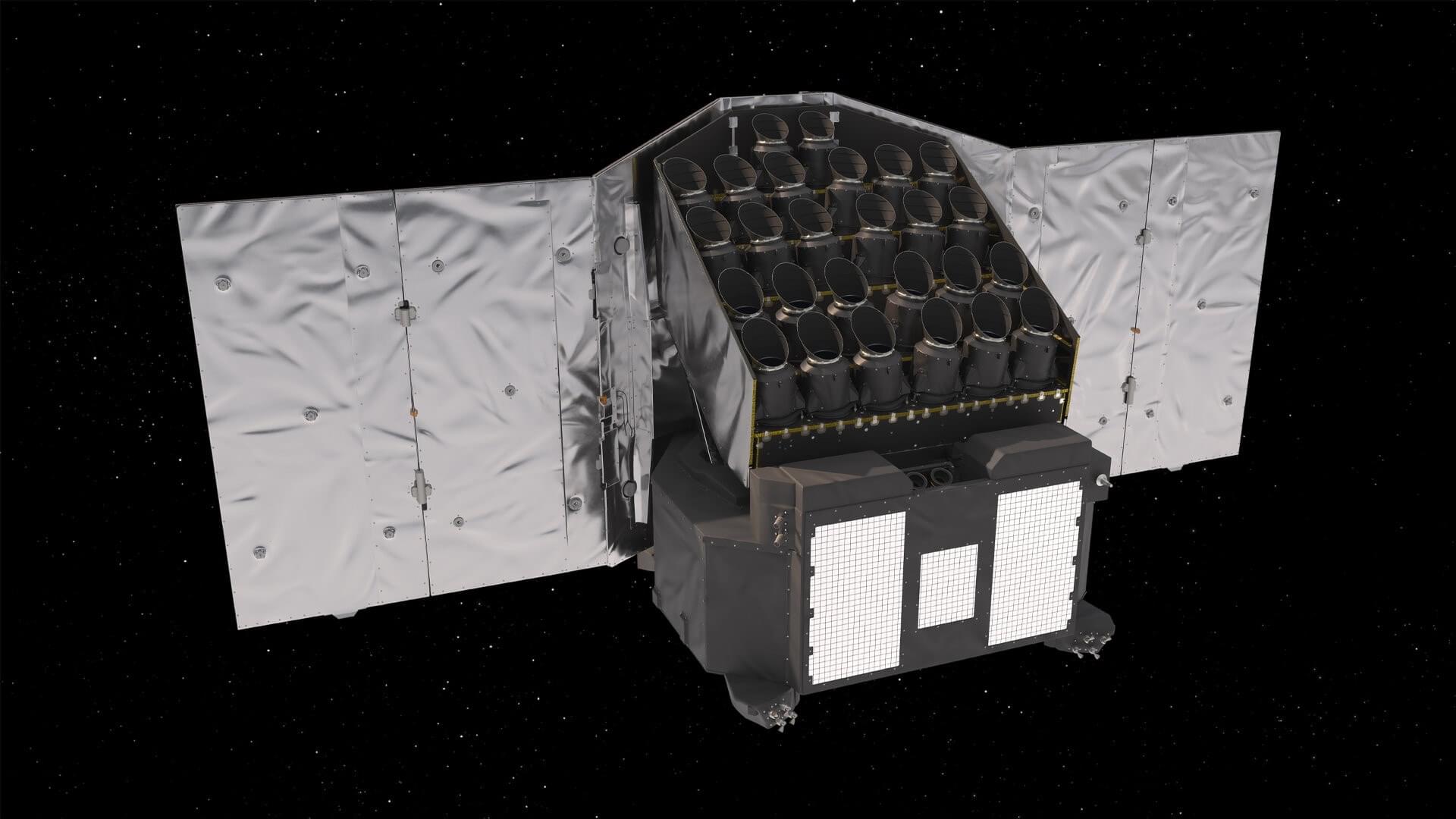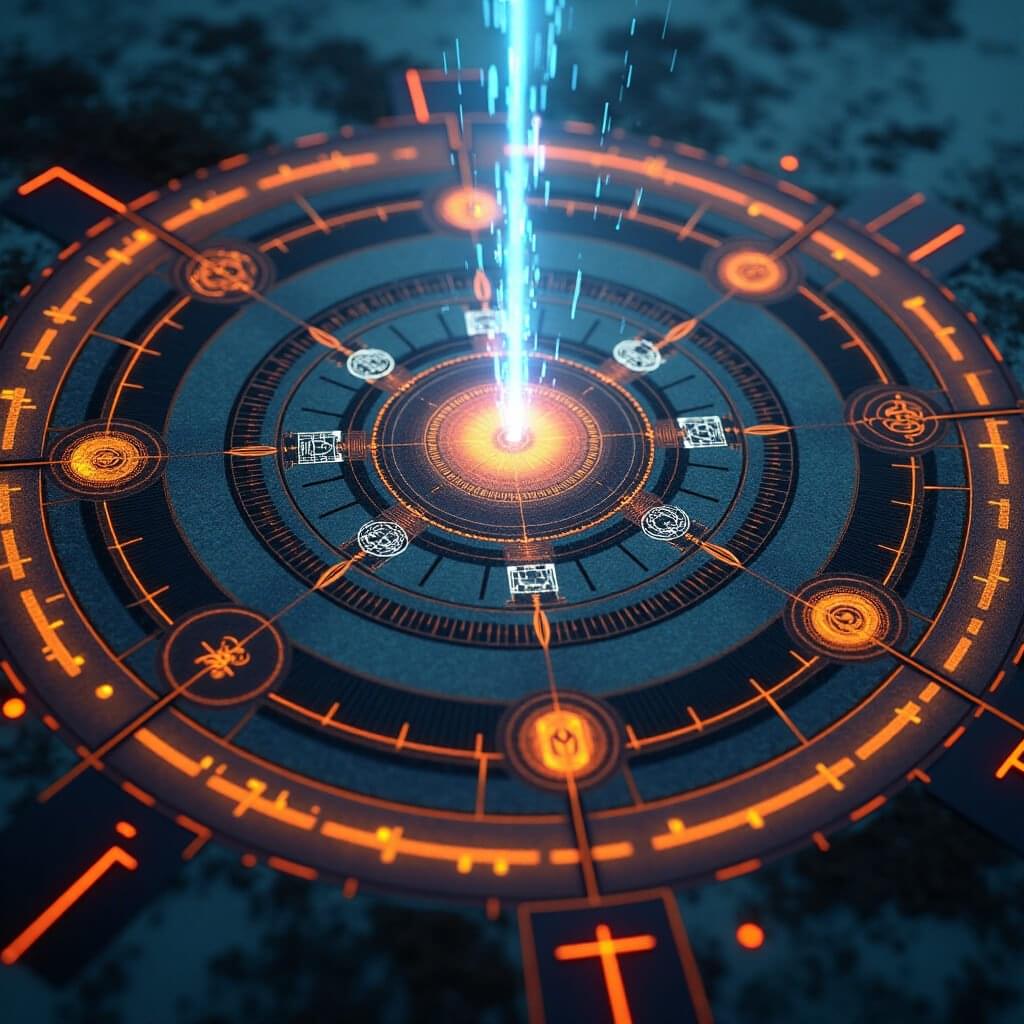The Europeans, for instance, have a bucket full of plans in place in this field. One of them is called the PLAnetary Transits and Oscillations (PLATO) space telescope, and it’s scheduled for launch in 2026 with the stated goal of looking at “terrestrial exoplanets in orbits up to the habitable zone of Sun-like stars. ”
That would be the planets most likely to host life as we know it, located not too far and not too close to their stars to allow water to exist in liquid form, solid enough and with just the right amount of gravity to be life-friendly.
PLATO was first proposed in 2014 in the European Space Agency’s (ESA) Cosmic Vision 2015–25 plan as the third medium class mission. It was first reviewed in 2022, and then it go the thumbs up in the critical design review in 2024, and it’s now being assembled at Orbitale Hochtechnologie Bremen (OHB) in Germany.







